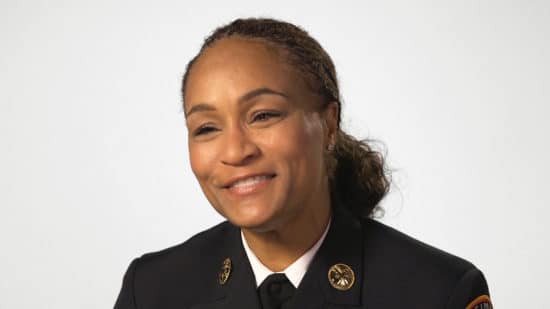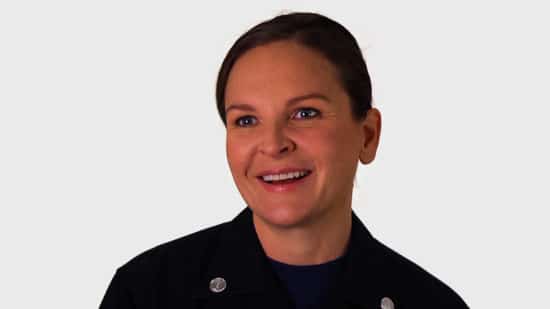Firefighter
What you need to know
Firefighters control and put out fires and respond to emergencies where life, property, or the environment is at risk.
When on the scenes of fires and other emergencies, the work can be very dangerous. When not on the scene of an emergency, firefighters remain on call at fire stations, where they sleep, eat, and perform other duties during shifts that often last 24 hours. Many work more than 40 hours per week.
Some of the things a firefighter might do:
- Drive firetrucks and other emergency vehicles
- Put out fires using water hoses, fire extinguishers, and water pumps
- Find and rescue victims in burning buildings or in other emergency situations
- Treat sick or injured people
- Prepare written reports on emergency incidents
- Clean and maintain equipment
- Conduct drills and physical fitness training
Watch this video to learn more from our firefighter role models:
- Communication skills: Firefighters communicate conditions at an emergency scene to other firefighters and to emergency-response crews.
- Compassion: Firefighters, like EMT’s and paramedics, need to provide emotional support to those in emergency situations.
- Courage: Firefighters’ daily job duties involve dangerous situations, such as entering a burning building.
- Decision Making skills: Firefighters must be able to make quick and difficult decisions in an emergency. The ability to make good decisions under pressure could potentially save someone’s life.
- Physical stamina: Firefighters may have to stay at disaster scenes for long periods of time to rescue and treat victims. Fighting fires requires prolonged use of strength.
- Physical strength: Firefighters must be strong enough to carry heavy equipment and move debris at an emergency site. They also carry victims who are injured or cannot walk.
Watch this video to learn more from our firefighter role models:
The average pay for firefighters in the United States was $51,680 in May 2022 according to the U.S. Bureau of Labor Statistics.
A firefighter’s pay depends on factors such as level of experience, education and training, geographic location, and specific industry.
About 26,400 new job openings for firefighters are projected each year, on average, over the next 10 years in the United States.
Overall employment of firefighters is projected to grow 4 percent from 2022 to 2032 according to the U.S. Bureau of Labor Statistics. This is about as fast as the average growth rate for all occupations.
Although improved building materials and building codes have resulted in a long-term decrease in fires and fire fatalities, firefighters will still be needed to respond to fires.
Wildland firefighters will still be needed to combat active fires and manage the environment to reduce the impact of fires. Firefighters will also continue to respond to medical emergencies.
The entry-level education needed to become a firefighter is a high school diploma or equivalent. However, some classwork beyond high school, such as instruction in assessing patients’ conditions, dealing with trauma, and clearing obstructed airways, is usually needed to obtain the emergency medical technician (EMT) certification.
For promotion to positions beyond battalion chief, many fire departments now require applicants to have a bachelor’s degree, preferably in fire science, public administration, or a related field.
Discover some of the courses you will take pursuing a degree in Fire Science.
Watch this video to learn more from our firefighter role models:

